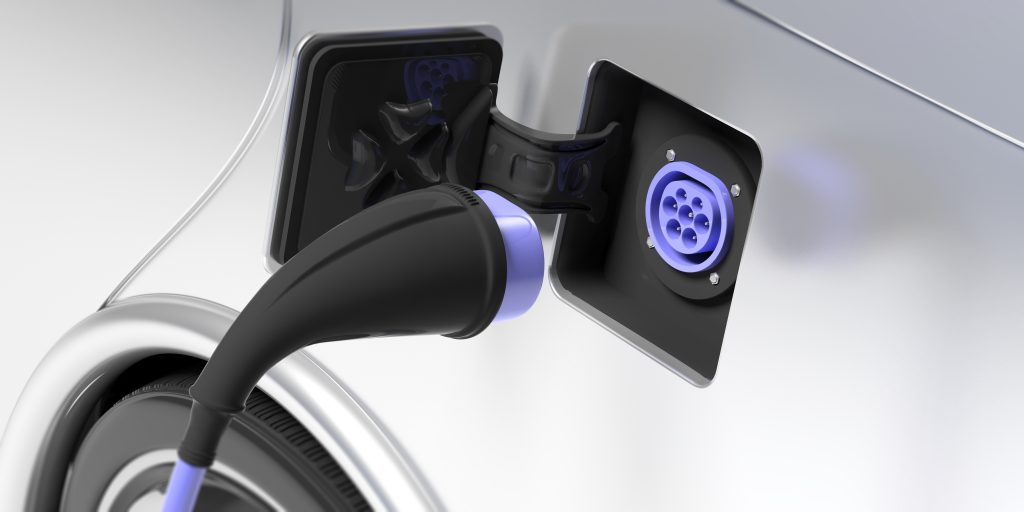
For the longest time, electric vehicles have suffered from all types of deficits. From performance, to range, to simple economics. Even the lack of charging infrastructure played a big role in preventing EV adoption. Making it close to impossible for them to compete with traditional vehicles. Let alone emerge as a better alternative.
It has taken more than 100 years for modern EVs to overcome these challenges. Recent innovations in battery and drive-trains have helped close the gap significantly. To the point where most automobile manufacturers have finally started taking them seriously. And begun making significant investments towards building their own EV portfolios.
But before we can discuss the different offerings and what makes them better than ICE cars. We need a develop a basic understanding of EV technologies and how they work and how can you earn money with EV charging. This means looking into past and present EVs, book big and small. We can begin this by exploring the different types of electric vehicles.
Fully electric vehicles have only gained mainstream popularity in the last 10 years. But that doesn’t mean that we didn’t have electric vehicles before this period. In fact, most countries have had some type of EVs working in public service for decades now. You may just never have noticed them until now. Here is a look at the different types of electric vehicles there are. So, you can guess which ones you missed.
These are some of the oldest types of EVs still in use. They use wires to draw power for the electric motors that help move them. These wires are often suspended above the roads/tracks that run through a set route. Which makes them useful in urban settings only. Examples of these EVs are trams, trolleybuses, and electric trains.
These are generally large-scale electric vehicles that have an on-board generator. These generators can be something simple like a diesel engine or solar power system. Or more complex like fuel cells, or even nuclear engines. These types of EVs are often used for heavy duty applications. Like electric trains, sailboats, aircraft carriers, submarines, and others.
These are the mild hybrids that fall in the passenger vehicle category. They often use small batteries and motors that run alongside traditional ICE engines. The electric power is mostly used for supplementary uses. Like increasing fuel efficiency, or reducing turbo lag. Depending on the type of vehicle, the batteries get charging through different means. Some have basic plug-in systems, while others rely on regenerative breaking. They are a cheap way for manufacturers to dabble in electric vehicles.
These are the latest crop of electric vehicles. Which are taking the segment mainstream. They use lithium-ion batteries for on-board power storage. These batteries integrate into the chassis and act as a load-bearing structure. This adds to the rigidity of the chassis, and makes the center of gravity really low. This is great for handling performance and weight distribution. The power comes through charging ports, which connect to stationary EV chargers. Which support super-fast charging speeds thanks to recent innovations in charging technologies.
The Start of a Turnaround – Electric Vehicles
Irrespective of the type or scale of EV we are talking about. What truly makes EVs a better proposition than other types of engines is simplicity. Where internal combustion engines have over 2000 movies parts, EVs have less than 20. This means there is less wear and tear, and any repairs needed are simpler and cheaper.
Let us take a look at the main components of a modern EV. So, you can have an idea of how these systems work together.
– As the name suggests, this is a motor that uses electric power to rotate the wheels. Since there are no other moving parts, the power deliver is instant. And remains constant throughout the power band. The motors can be either DC or AC type, depending on the need. Tesla for example uses AC induction motors in their Model S sedan. But for the Model 3, it has developed a permanent-magnet direct current (DC) motor.
– This component helps convert the electric current from DC to AC. This comes in play in cars with AC motors, since lithium-ion batteries operate with DC power. There is also a DC to DC system. Which converts high-voltage power from the batteries to low-voltage power for the accessories.
– Unlike traditional vehicles, EVs don’t need different gear ratios. Because they can deliver peak power from standstill. This means that they need a single-speed transmission only. This really simplifies EV drive-trains. Some EVs can use supplementary parts to enable 4×4 ride features. But overall, it’s still a much simpler system.

Electric car ev charger and socket inlet type 2 on white vehicle. 3d illustration
– Most modern EVs use lithium-ion batteries for power storage. The kW capacity of the battery is what decides the range of the vehicle. So, the more kW’s available, the better. But it is also one of the most expensive parts of an EV too. Even though battery prices have come down from 1100$ per kWh to 140$ per kWh in the last 10 years. This cost is one of the big bottlenecks of the EV industry.
– EVs handle charging in a few simple steps. First there is a charging port which accepts power from an EV charging point. The type of charging port you have limits the type of charging stations you can access. Then there is an onboard charger which converts the AC current into DC power for the batteries.
Greenfuel: Paving the path for indigenous EV energy ecosystem in India
– This is the brain of the vehicle, which controls all major functions of the vehicle. From the power flow from the batteries, to the speed and torque delivered by the motor. Modern EVs also have a secondary brain for AI based operations. Which enable driving assistance features such as lane keep assist and self-navigation.
– This is a vital system which helps regulate the temperatures in the car. Not only is it in-charge of keeping the electronics and motors cool. But it also maintains the optimal temperatures needed for the batteries to charge. Modern EVs also add heat pumps to help take the load off the batteries.
– This has begun to emerge as one of the most important components of the EV experience. Modern EV users heavily rely on their in-car infotainment system these days. Not only to help them navigate the world, but also discover charging infrastructure. As well as manage a host of other functionalities. Such as self-driving features and other safety systems. These systems regularly receive OTA updates to keep them functioning properly. It has become a new way for manufacturers to keep their products feeling fresh.
These are the technologies and components that are driving the modern EV revolution. Now that you a bit know about them, you can appreciate the potential of EVs as the future of transportation. We at Renewable-India truly believe in this potential. Which is why we remain dedicated towards reporting on all the latest developments in this segment. So, we all can witness the way renewables will soon change our world for the better.
Leave a Reply